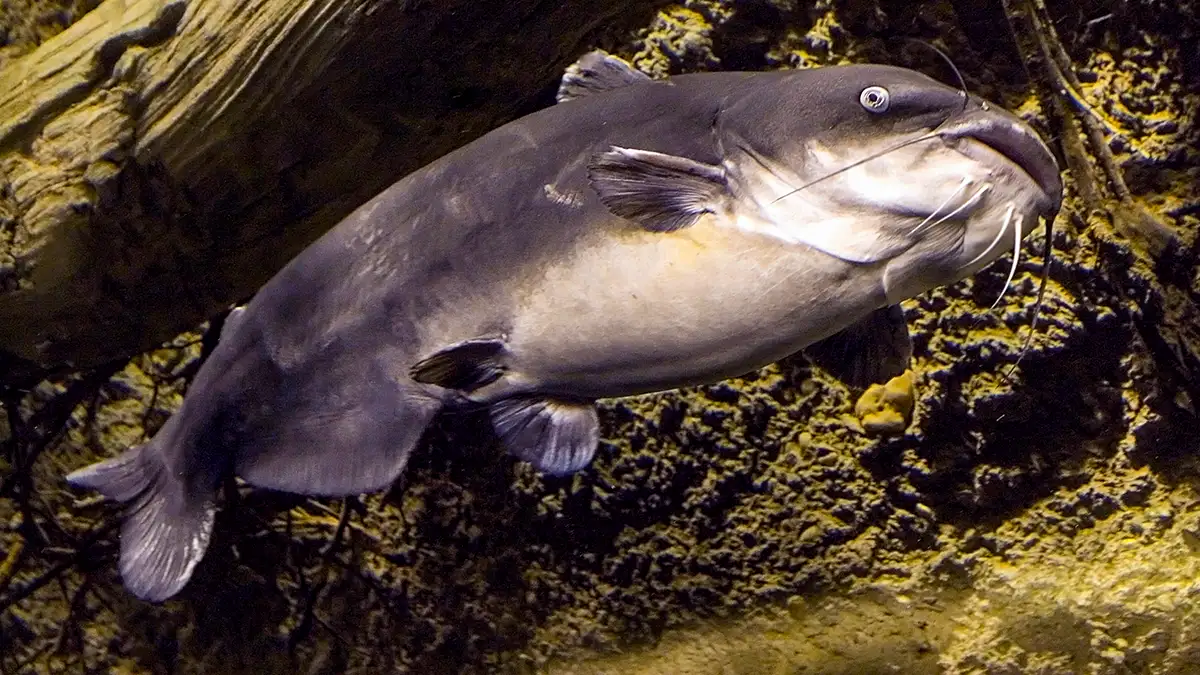- This topic is empty.
- AuthorPosts
- Machi 9, 2025 at 11:21 mu #587005

Catfish are a diverse group of fish that inhabit a wide range of aquatic environments, from freshwater rivers and lakes to brackish coastal waters. They are known for their distinctive barbels around the mouth, which resemble whiskers, and their ability to grow to impressive sizes.
Understanding the size and age of catfish is important for fishery management, conservation efforts, and recreational anglers.
The size and age of a catfish can vary significantly depending on species, habitat, and environmental conditions. This article will explore the factors that influence catfish size and age, shedding light on how these fish grow and develop over time.
1. Growth Rate And Size
The growth rate of a catfish is largely influenced by factors such as species, water temperature, food availability, and habitat conditions. Some species of catfish, like the Channel catfish and Blue catfish, are known to grow rapidly in favorable conditions.
Typically, these species can reach sizes of 10-15 pounds within just a few years. However, under optimal conditions, some catfish species, like the flathead catfish, can grow significantly larger. For example, a flathead catfish can weigh over 100 pounds, although such sizes are relatively rare and usually take many years to reach.
Generally, the size of a catfish is determined by the environment in which it lives, and well-maintained water bodies with abundant food sources tend to produce larger fish.
2. Factors Affecting Catfish Growth
Catfish growth is influenced by several environmental and biological factors. Water temperature plays a crucial role, as warmer water generally accelerates metabolism and encourages faster growth.
However, extreme water temperatures can have the opposite effect, slowing down their growth or even causing health issues. The availability of food also affects growth rates. Catfish are opportunistic feeders, and a steady supply of food such as smaller fish, insects, and plant matter supports healthy growth.
Additionally, competition with other fish species and environmental stressors, such as pollution or habitat destruction, can negatively impact the growth and overall size of catfish.
3. Determining Catfish Age
The age of a catfish can be determined using various methods, the most common of which involves examining the otoliths (ear stones) or scales of the fish. These structures, similar to tree rings, develop growth rings that can be counted to estimate the fish’s age.
Each ring typically corresponds to one year of growth. In some cases, fish biologists may also use other techniques, such as tagging and tracking, to study the life cycle of catfish in their natural habitats. Catfish can live for a significant amount of time, with some species reaching ages of 20 years or more under ideal conditions.
However, the average lifespan of a catfish can vary depending on the species, environmental factors, and potential threats in their environment.
4. Variations Among Catfish Species
There is considerable variation in the size and age of catfish depending on the species. For example, the Channel catfish, a common species in North America, typically reaches sizes of 3-10 pounds in adulthood, with some individuals growing larger.
On the other hand, the Blue catfish, known for its impressive size, can reach over 100 pounds in weight, with some individuals growing to lengths of 4-5 feet. Other species, such as the Flathead catfish, also grow large and are capable of reaching sizes well over 50 pounds.
These differences in size and age reflect the genetic and environmental factors that influence each species’ development. Understanding these variations is essential for anglers and fishery managers when assessing the health and sustainability of catfish populations.
5. Longevity Of Catfish In The Wild
Catfish are known for their longevity, with some species capable of living for several decades. In the wild, their lifespan is often influenced by environmental factors such as water quality, availability of food, and the presence of predators.
While many catfish species may live 10-20 years in the wild, some of the larger species like the Blue catfish can live for more than 30 years, with some individuals reaching their full size only after many years.
The long lifespan of catfish contributes to their role as apex predators in their habitats, and their ability to grow to such large sizes is a testament to their adaptability and resilience in the wild.
In conclusion, the size and age of catfish are determined by a combination of species characteristics and environmental conditions. While some species grow quickly and reach moderate sizes, others can grow to enormous proportions, requiring many years to reach their full potential.
Understanding how catfish grow and age helps in the management and conservation of these fascinating fish, ensuring their continued presence in aquatic ecosystems.
Whether for recreational fishing or ecological studies, knowledge of catfish size and age is essential for anyone interested in these incredible creatures.
- AuthorPosts
- You must be logged in to reply to this topic.

